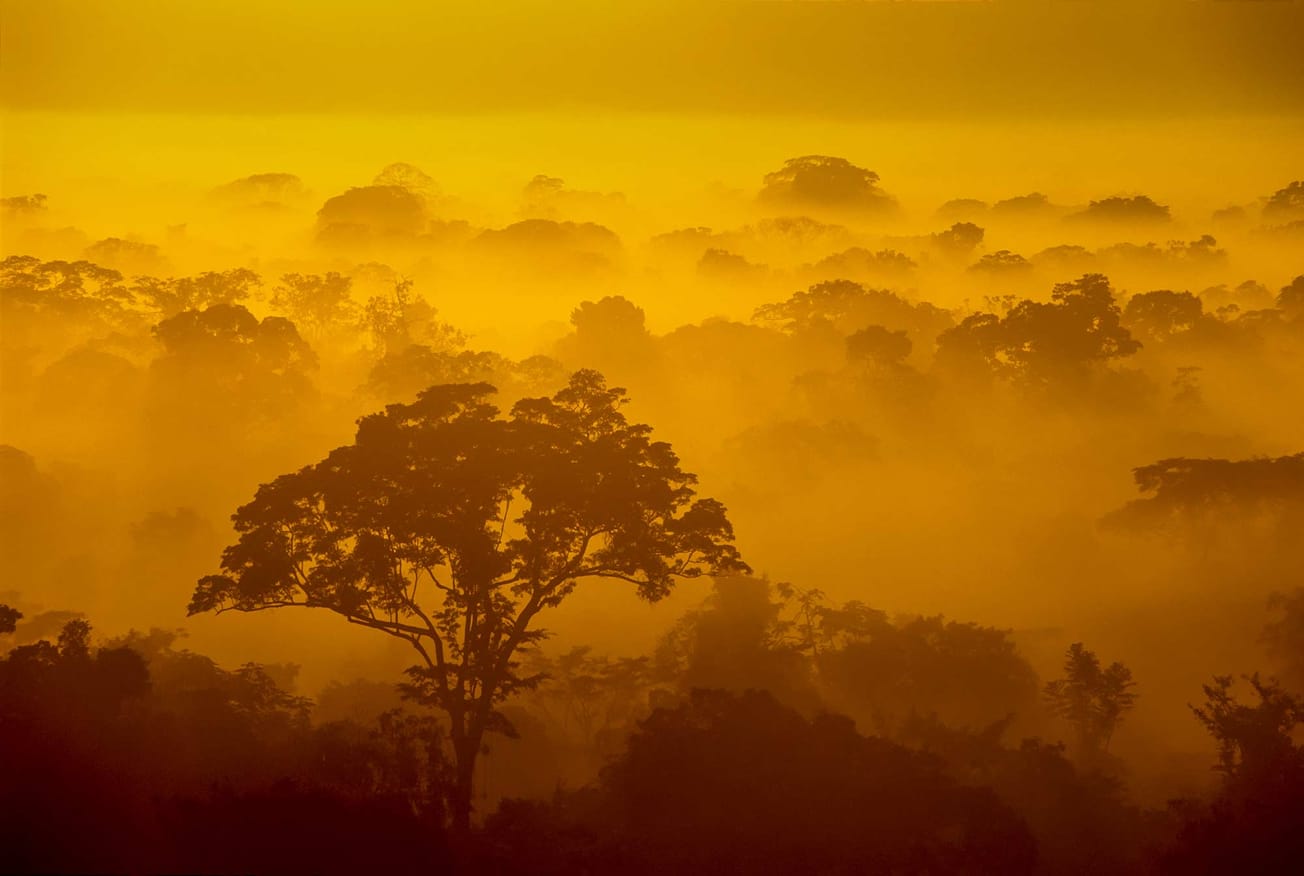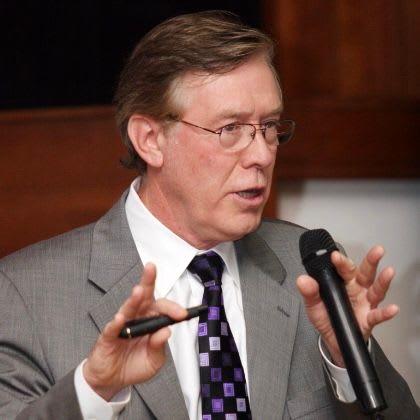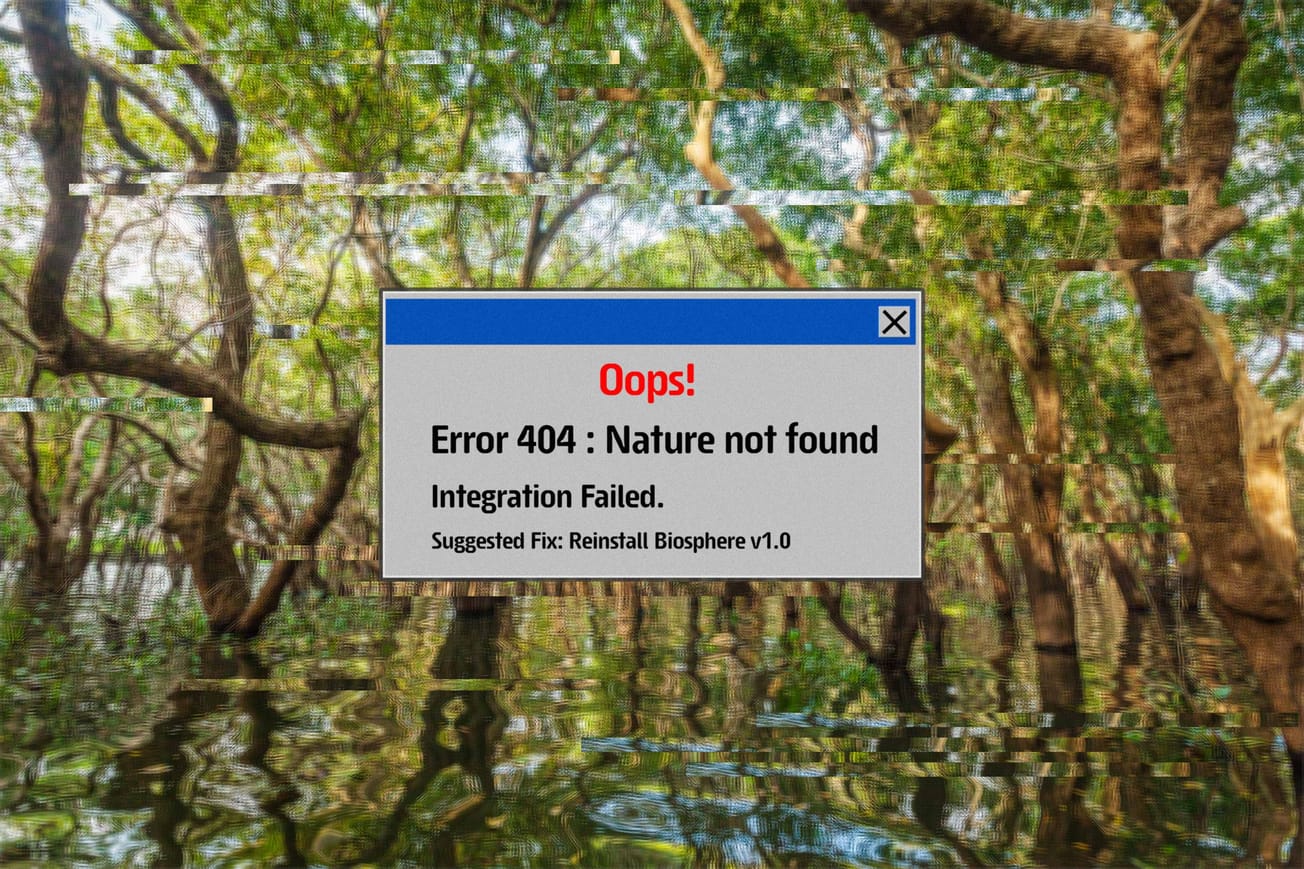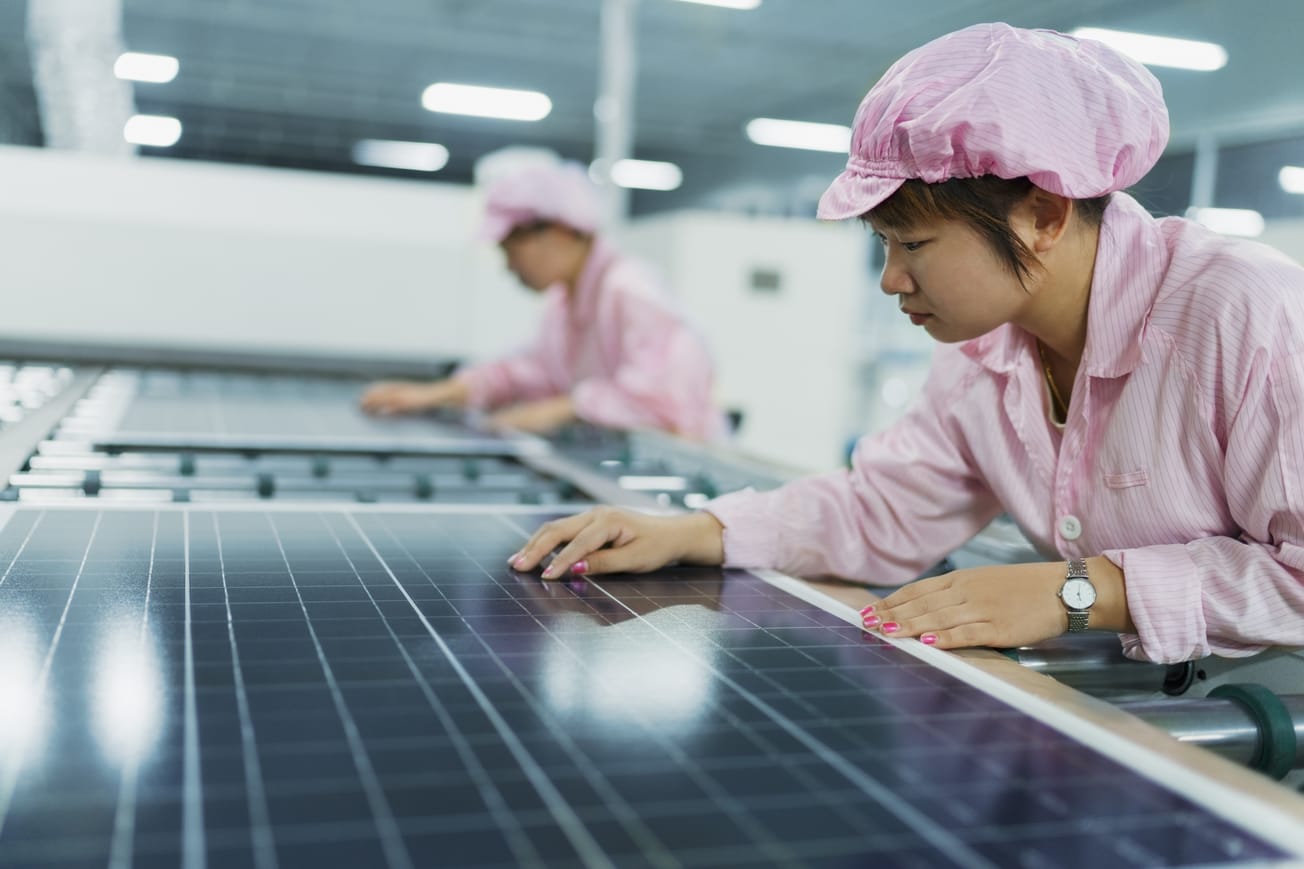The Amazon Basin, often dubbed the "lungs of the Earth," plays a pivotal role in regulating the global climate. Spanning over 5.5 million square kilometers across nine countries, this vast rainforest absorbs approximately 2 billion tons of carbon dioxide annually, mitigating climate change and sustaining biodiversity unparalleled on the planet. However, alarming data suggests that the Amazon is teetering on the edge of a climate tipping point—a threshold beyond which irreversible and potentially catastrophic changes could ensue.
A climate tipping point refers to a critical threshold at which a small change can lead to drastic and often irreversible environmental transformations. For the Amazon Basin, reaching this point could transform the lush rainforest into a savanna-like landscape, releasing stored carbon and exacerbating global warming. Recent studies underscore that the Amazon is inching closer to this precarious state due to a combination of deforestation, climate change, and rising temperatures.
Deforestation remains the most significant threat to the Amazon’s stability. In 2023 alone, the Amazon lost approximately 11,000 square kilometers of forest, a 30% increase from the previous year. This surge is primarily driven by agricultural expansion, illegal logging, and infrastructure development. The loss of tree cover not only diminishes the rainforest’s capacity to sequester carbon but also disrupts local and regional rainfall patterns. Data from the Brazilian National Institute for Space Research (INPE) indicates that deforested areas are contributing to reduced precipitation, which in turn hampers forest regeneration and resilience against fires and pests.
Climate change compounds these issues, with the Amazon experiencing an average temperature rise of 1.2°C over the past century. Elevated temperatures increase the frequency and severity of droughts, which stress trees and make the forest more susceptible to fires. In 2023, the Amazon witnessed its driest year in decades, with precipitation levels dropping by 15% compared to the historical average. This drought was exacerbated by El Niño conditions, which are becoming more intense and frequent due to global warming. Such climatic extremes are pushing the rainforest toward a point where it can no longer sustain its dense, carbon-rich vegetation.
Moreover, feedback loops are accelerating the approach to the tipping point. As trees die and decompose, they release stored carbon back into the atmosphere, further intensifying greenhouse gas concentrations. The Intergovernmental Panel on Climate Change (IPCC) warns that if deforestation continues at the current rate, the Amazon could transition from a carbon sink to a carbon source by 2030. This shift would not only undermine global climate mitigation efforts but also create a vicious cycle of warming and forest degradation.
Biodiversity loss is another harrowing consequence of the Amazon’s decline. The rainforest is home to approximately 10% of the world’s known species, many of which are endemic and irreplaceable. Habitat destruction from deforestation and climate-induced stressors threatens countless species with extinction, disrupting ecosystems and diminishing the resilience of the forest to environmental changes. The loss of biodiversity further weakens the Amazon’s ability to recover from disturbances, hastening its slide toward a tipping point.
The implications of the Amazon reaching its tipping point extend far beyond its geographic confines. As the Amazon deteriorates, global weather patterns are likely to become more erratic, affecting agriculture, water resources, and livelihoods worldwide. The Amazon influences the Atlantic and Pacific weather systems, and its decline could lead to increased frequency of extreme weather events such as hurricanes, floods, and prolonged droughts. Additionally, the loss of the Amazon’s carbon sequestration capacity would significantly hinder global efforts to limit temperature rise.
Socioeconomic impacts are also profound. Indigenous communities, who have stewarded the rainforest for centuries, face displacement and loss of cultural heritage as their ancestral lands are destroyed. Moreover, the economic activities reliant on the Amazon, such as fisheries, agriculture, and tourism, would suffer, leading to increased poverty and social instability in the region. The ripple effects of these changes could exacerbate global inequalities and trigger humanitarian crises.
However, all is not lost. Immediate and concerted action can still avert the worst outcomes. Strengthening and enforcing environmental regulations to curb deforestation is paramount. For instance, Brazil’s recent policies have been criticized for weakening protections, but reversing these trends by reinstating robust conservation measures could significantly slow forest loss. Additionally, investing in sustainable land-use practices, such as agroforestry and reforestation, can enhance the forest’s resilience and capacity to absorb carbon.
International cooperation and financial support are crucial in this endeavor. The Amazon is a global treasure, and its preservation requires a collective effort. Initiatives like the Amazon Fund, which receives donations from countries like Norway and Germany, play a vital role in financing conservation projects. Expanding such funds and ensuring they reach the most affected areas can bolster local efforts to protect and restore the rainforest.
In conclusion, the Amazon Basin stands at a critical juncture. The convergence of deforestation, climate change, and rising temperatures threatens to push this irreplaceable ecosystem beyond its tipping point, with dire consequences for the planet. The urgency of the situation demands immediate and sustained action from governments, businesses, and individuals alike. Preserving the Amazon is not just a regional or environmental imperative; it is a global necessity for the health and future of our planet. The time to act is now—before the Amazon becomes a symbol of what we lost, rather than what we saved.













